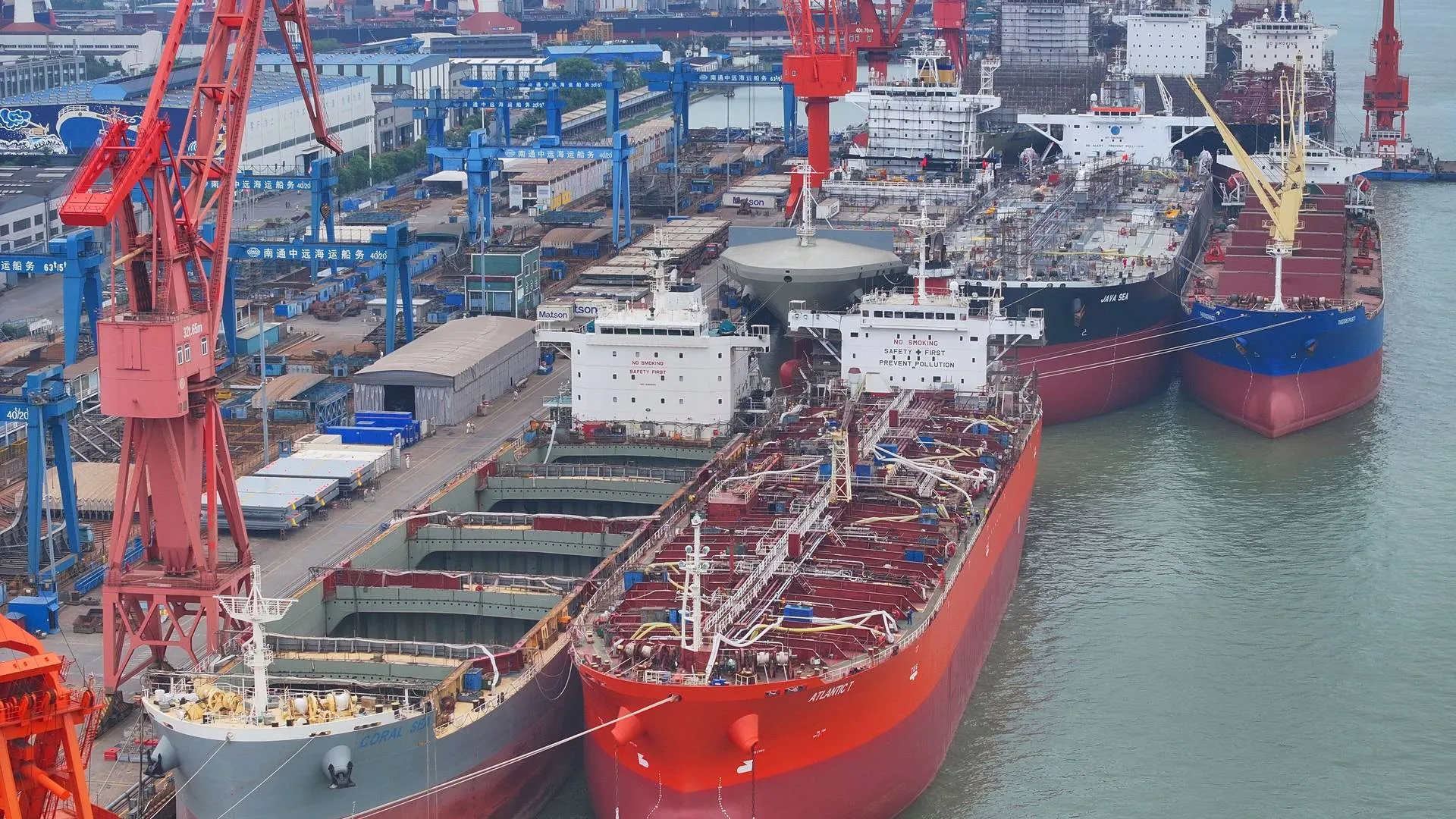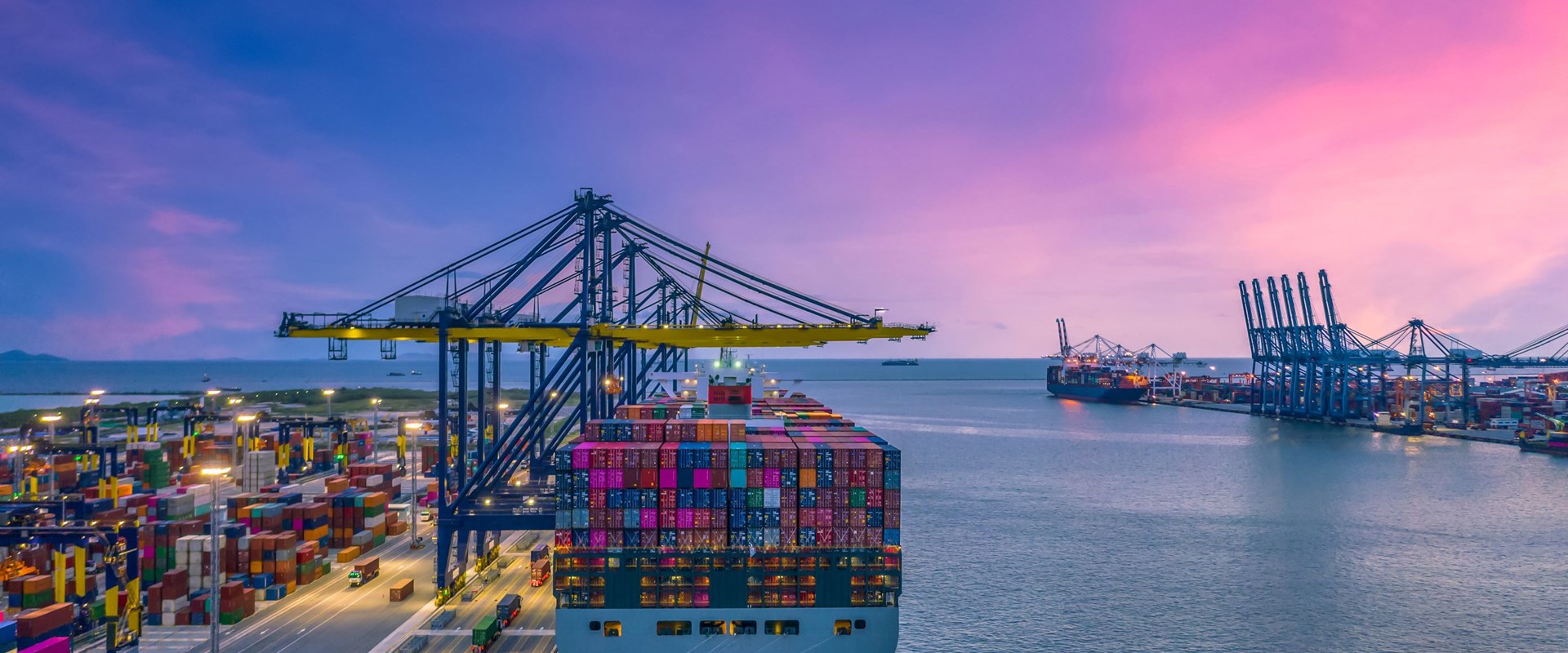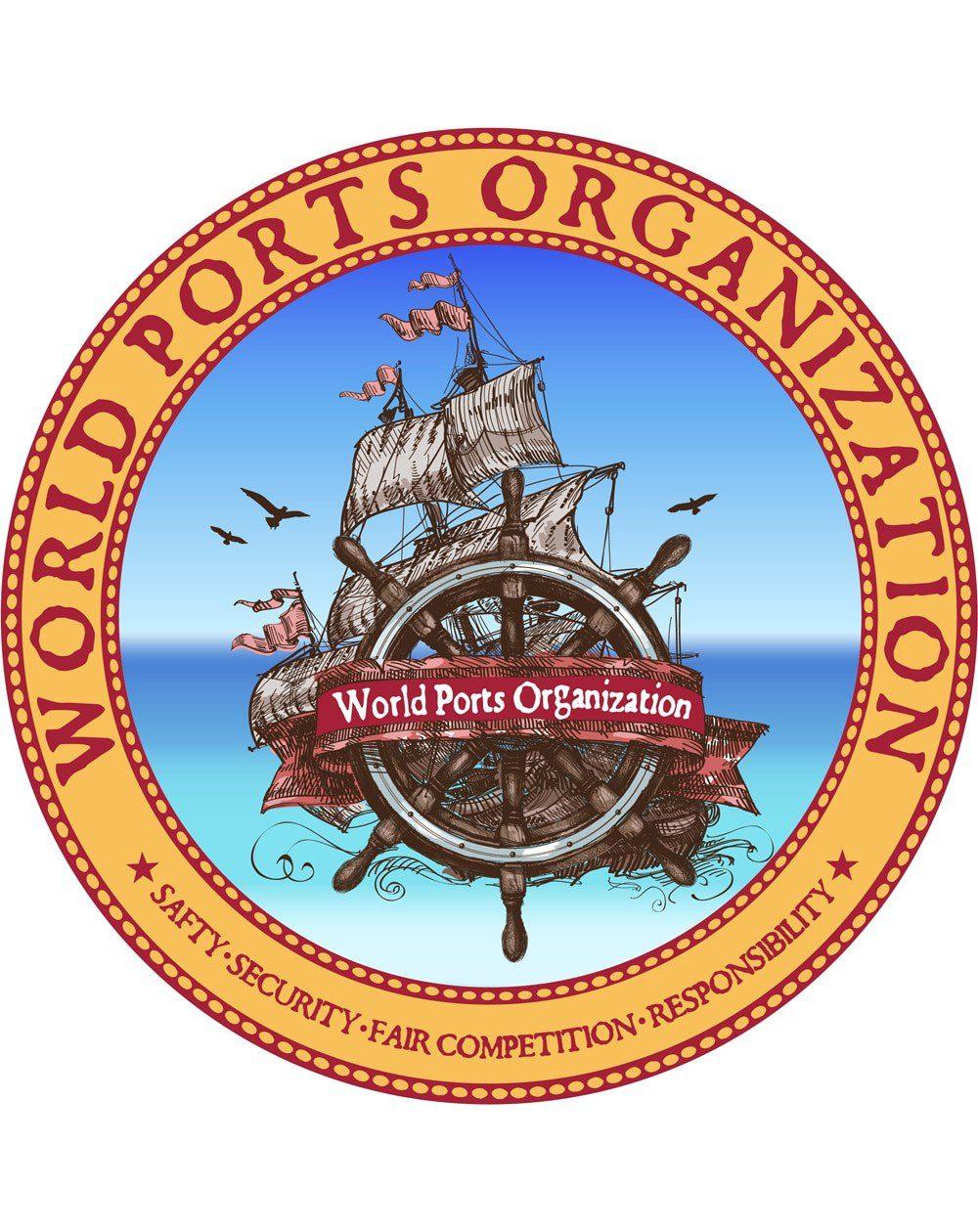Dry bulk newbuilding activity is expected to remain subdued throughout 2025, as environmental regulations and geopolitical tensions, combined with high prices and prolonged delivery times, continue to dampen investment sentiment
The industry has adopted a cautious wait and see stance, awaiting greater clarity on the proposed US port fee plan and IMO’s recently approved net-zero framework. Shipping analysts suggest these developments will largely dictate the pace of new orders over the long term.
Riviera recently reported global newbuilding orders hit a four-year low during the first four months of 2025, with bulk carriers nearly disappearing from fresh contracting activity. Shipbroker Ifchor Galbraiths reported in late May that year-to-date dry bulk orders in 2025 have fallen to their lowest level in seven years.
Drewry forecasts newbuilding activity will remain muted until at least October 2025, with a gradual recovery expected following the upcoming IMO session – assuming the net-zero framework is adopted. However, Drewry’s recent report cautions ordering is likely to remain below historical levels until 2027, when IMO is expected to introduce clear incentives for vessels adopting alternative fuels and technologies.
Geopolitical concerns weigh on sentiment
A key factor deterring shipowners from committing to newbuilds is ongoing uncertainty around tariffs and proposed port fees targeting Chinese-built vessels. “This volatility has discouraged shipowners from placing new orders, as long-term returns become unclear,” Drewry explained.
Consequently, China – the dominant player in bulk carrier shipbuilding – has seen its share of new orders decline sharply this year. According to Drewry, Chinese shipyards accounted for only 40% of dry bulk ordering activity so far in 2025, down from around 75% in 2024.
Japan has emerged as the main alternative, increasing its share of new orders in 2025. Drewry said although a final resolution on the US port fee plan has been put on hold, the mere threat has been sufficient to result in a dramatic retreat in order placements at Chinese yards.
Pricing and delivery times add to challenges
Furthermore, newbuilding prices remain elevated. Xclusiv Shipbrokers’ latest weekly report notes costs across all bulk carrier sizes have increased by between 1% and 3% over the past year, except for Ultramaxes, which experienced a slight 1% decrease.
Drewry highlights orders at Japanese yards are approximately 5% more expensive than those in China. “This price disparity is especially challenging in today’s high newbuilding cost environment with the added expense of shifting away from Chinese yards further contributing to the decline in new orders”, Drewry said.
Adding to these pressures, average delivery times are also increasing. Ifchor Galbraiths reports that in April, the average lead time for new bulk carrier orders reached a seven-year high, exceeding 2.5 years. Analysts attribute this rise primarily to constrained shipyard capacity and a surge in container ship orders, which are prioritised due to higher profit margins – further limiting available slots for bulk carriers.






